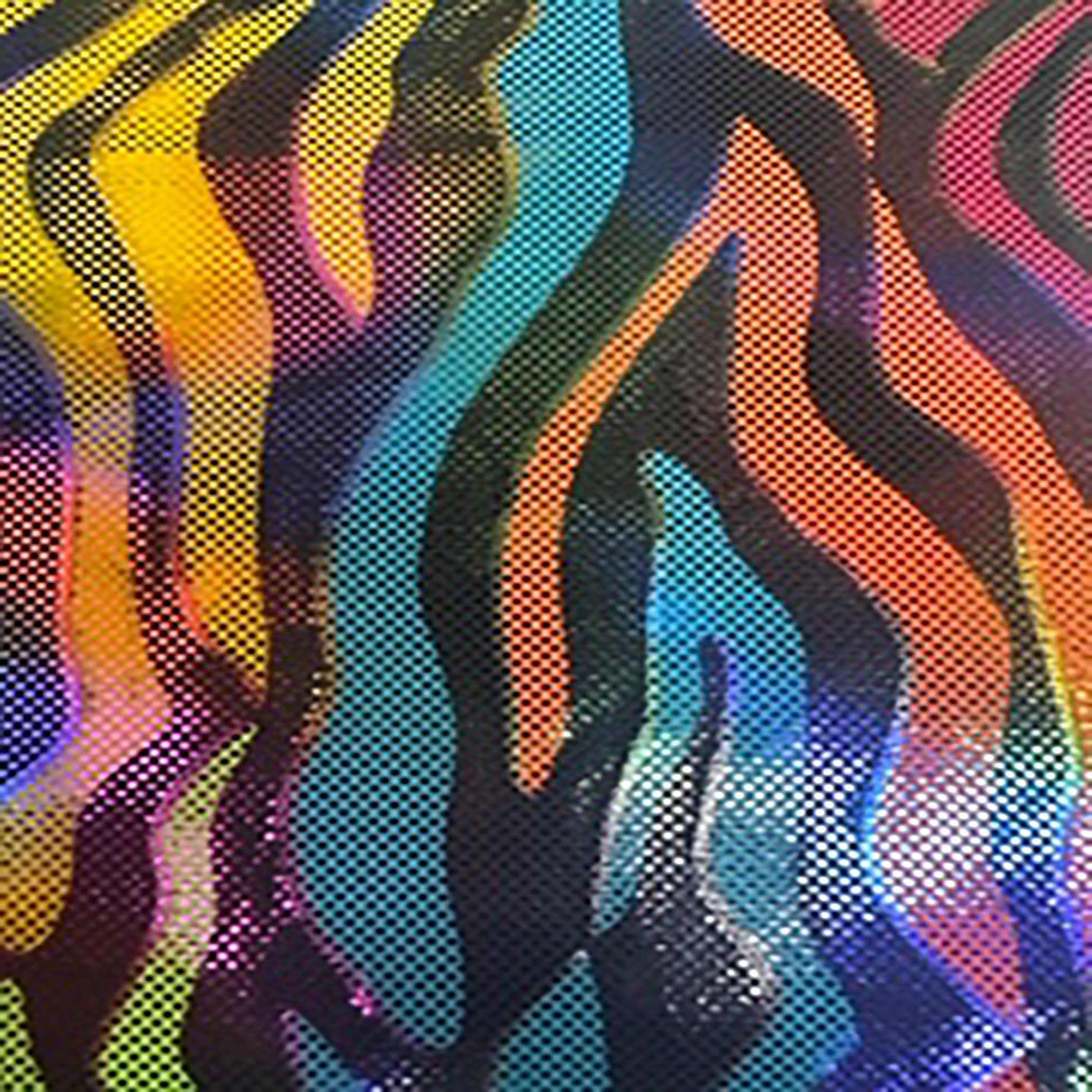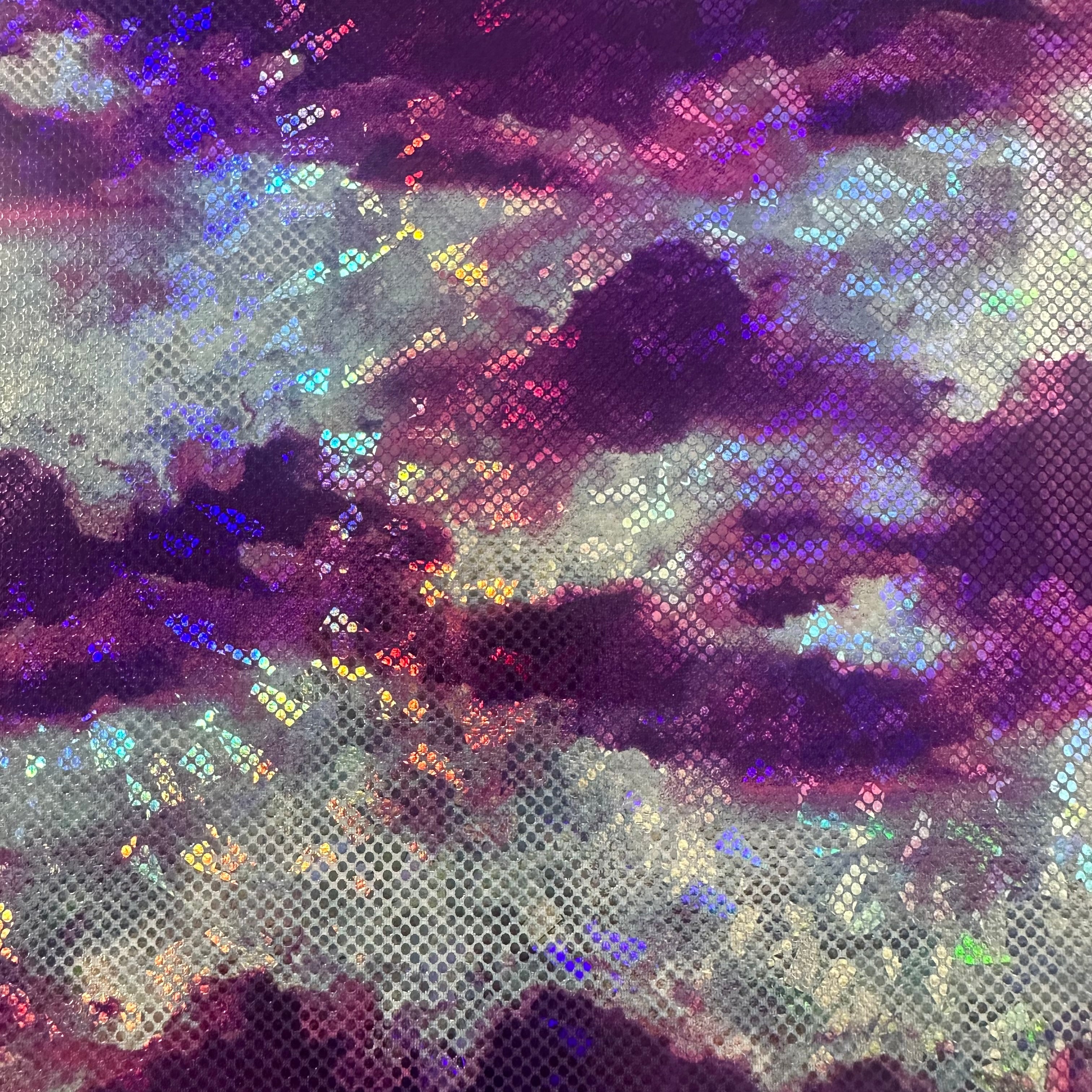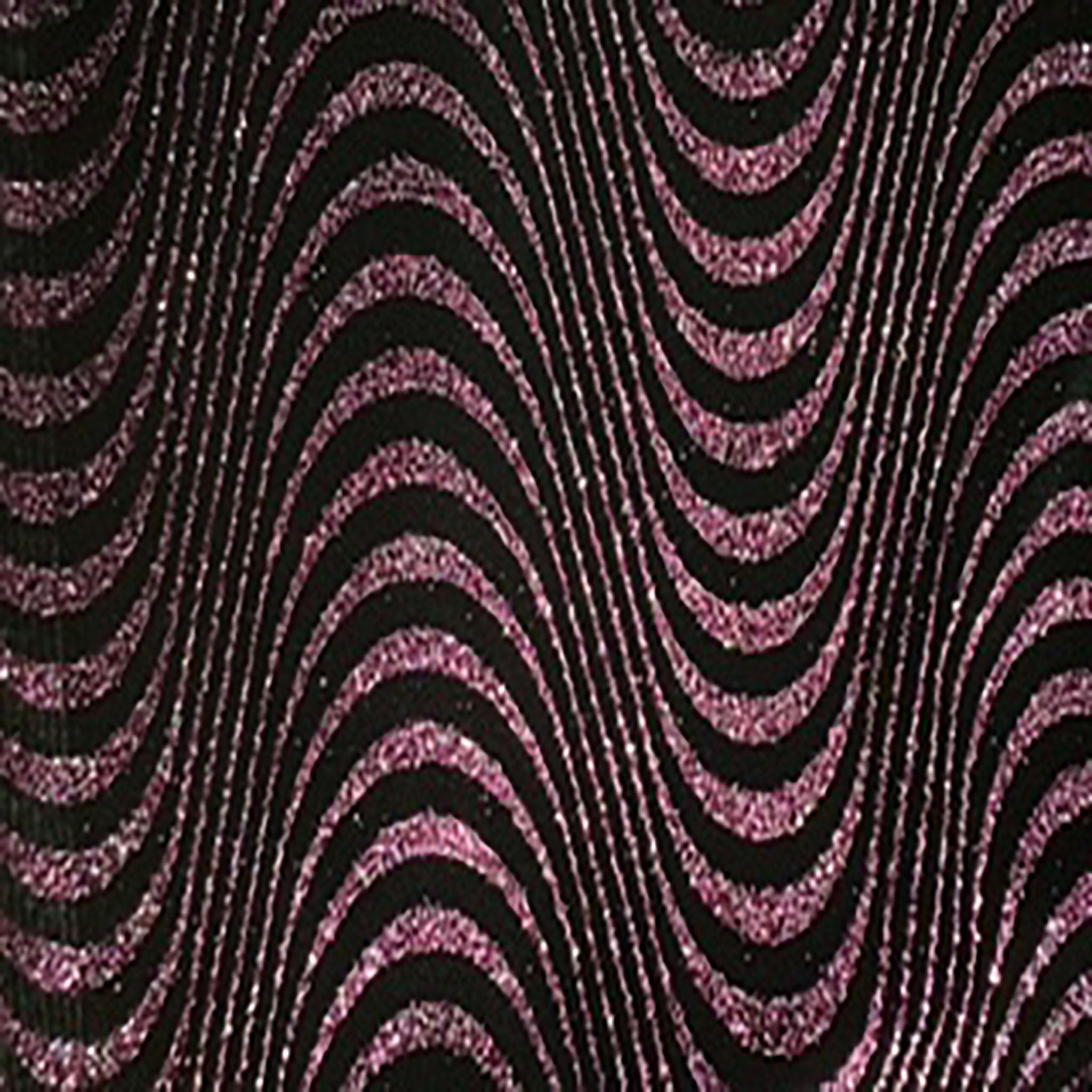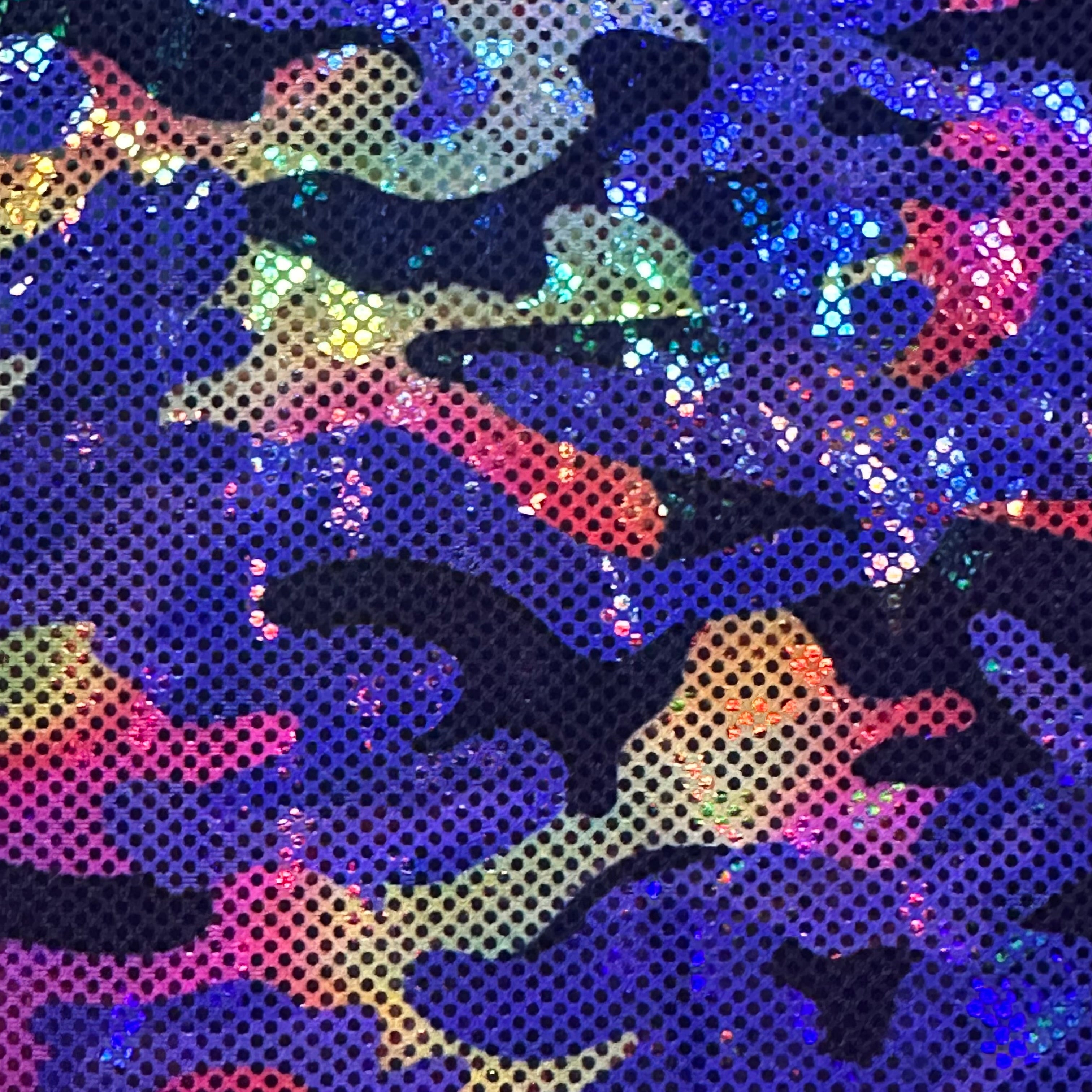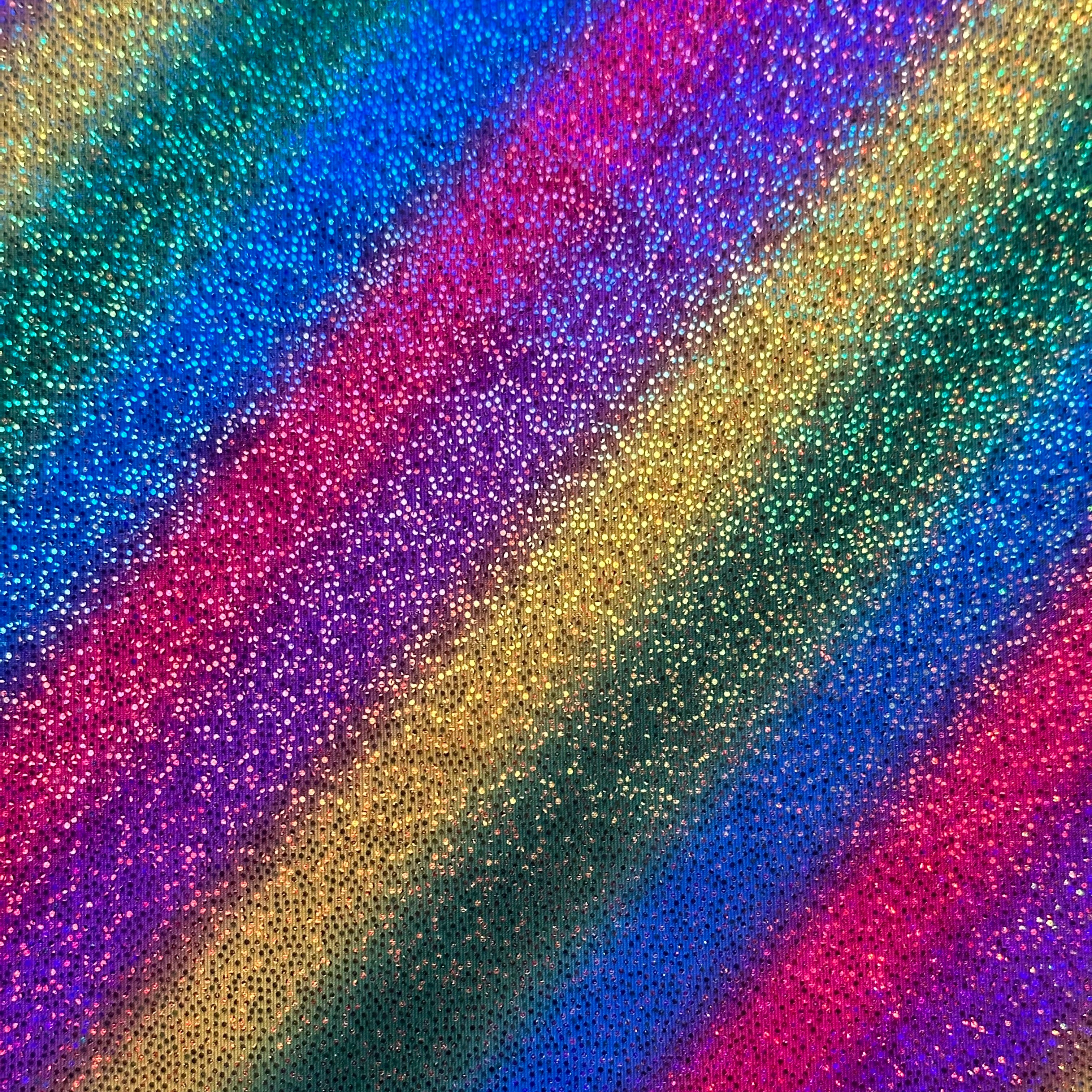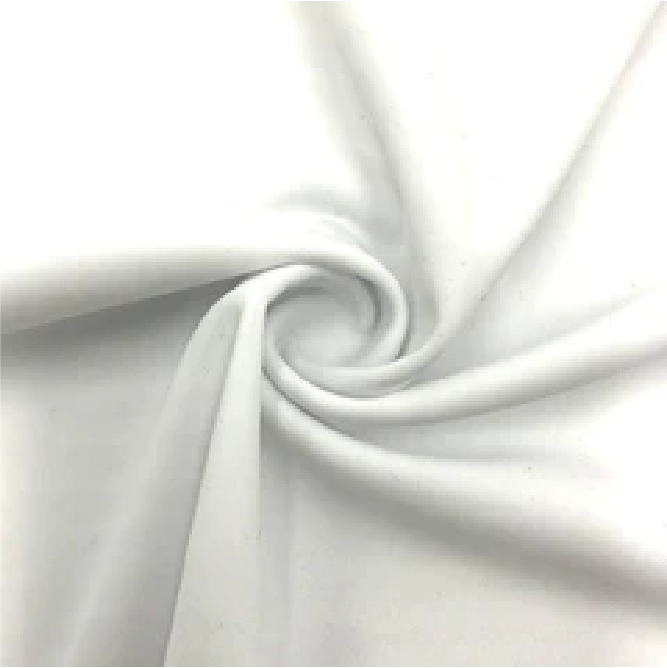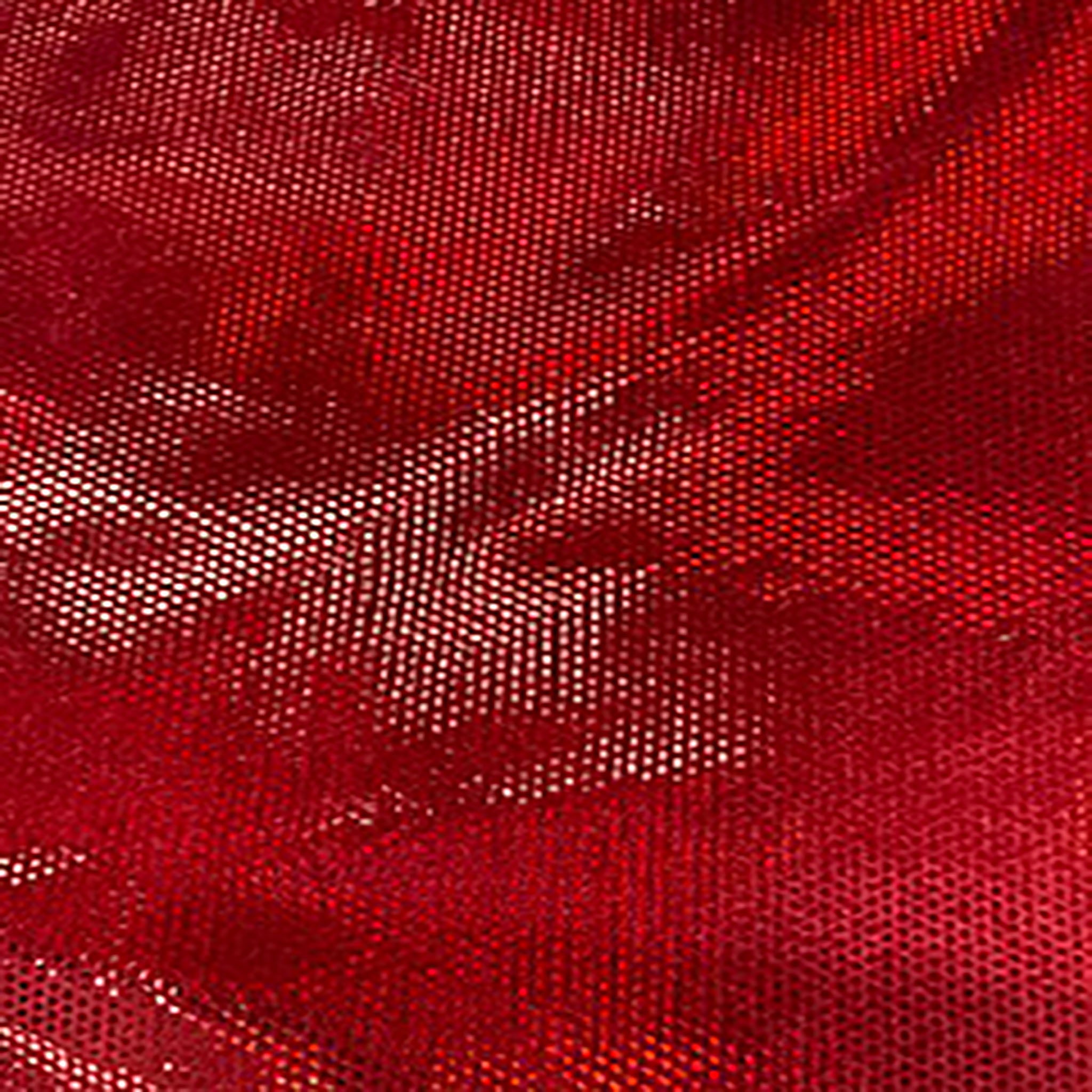So you've fallen in love with a gorgeous stretch fabric from Spandex Palace – maybe it's a vibrant athletic knit, a slinky ITY, or a comfy cotton spandex. You're ready to create, but then a tiny voice whispers, "Aren't knits tricky to sew?"
Fear not, fellow creators! While stretch fabrics do have unique characteristics, with a few simple tips and the right tools, you'll be stitching up professional-looking garments in no time. Think of it as learning their language – and we're here to translate!
1. Pre-Wash Your Fabric! 🧺
This isn't just a suggestion; it's a golden rule for almost all fabrics, especially knits!
Why? Stretch fabrics, particularly those with natural fibers like cotton or rayon, can shrink significantly on their first wash. If you sew your garment before washing, you might end up with something too small after it's laundered. Pre-washing also removes any manufacturing chemicals and helps the fabric relax into its true state.
How? Wash and dry your fabric using the same method you'll use for the finished garment. This "preshrinks" it, preventing future surprises.
2. Choose the Right Needle: Ballpoint or Stretch is Your Best Friend! 📍
This is arguably the most crucial tip for sewing knits without frustration.
Why? Regular sharp needles are designed to pierce through woven fibers. When used on knits, they can cut or break the fabric's loops, leading to skipped stitches, tiny holes, or runs that appear later. A ballpoint or stretch needle (often labeled "jersey" or "knit") has a slightly rounded tip. Instead of piercing, it gently pushes the fabric fibers aside, slipping between the loops without damaging them.
What to use:
-
Ballpoint Needle: Great for most stable knits like interlock, some jerseys, and fleeces.
-
Stretch Needle: Even better for high-stretch fabrics like spandex blends, swimwear, and activewear, as it's designed to handle super stretchy fibers without skipping stitches.
Pro Tip: Change your needle regularly (every 8-10 hours of sewing, or per project) as dull needles can cause problems even if they're the right type.
3. Select the Correct Thread: Polyester All the Way! 🧵
While cotton thread is fine for wovens, it's not ideal for stretchy fabrics.
Why? Cotton thread has very little give. When you stretch your knit garment, the inflexible cotton thread can snap, leading to popped seams. Polyester thread has a natural stretch and strength that allows it to move and stretch with your fabric, ensuring durable seams that won't break.
What to use: All-purpose polyester thread is readily available and perfect for most knit projects. For swimwear or activewear, consider a higher-quality polyester or even a nylon thread for extra strength and water resistance.
4. Use a Stretch Stitch (aka Zigzag or Lightning Stitch) ~~~~~
This is where the magic happens on your sewing machine!
Why? Just like inflexible thread, a straight stitch has no give. If you use a straight stitch on a stretchy fabric, your seam will inevitably pop when stretched. A zigzag stitch or a specialized stretch stitch (often looks like a small lightning bolt on your machine) allows the seam to stretch along with the fabric.
-
Zigzag Stitch: This is your most common and versatile option. A narrow zigzag (e.g., 0.5-1.0mm width and 2.0-2.5mm length) is usually perfect for construction seams. It's barely noticeable but provides plenty of stretch.
-
Lightning Bolt Stitch: Many modern machines have a specific "stretch stitch" that looks like a tiny lightning bolt. This is specifically designed for knits and offers excellent stretch and durability.
-
Serger/Overlocker: If you have one, a serger is fantastic for knits! It trims, stitches, and finishes seams in one go, creating super stretchy and professional edges.
5. Cut with Care: Avoid Stretching While Cutting ✂️
This sounds simple, but it's easy to accidentally distort your fabric during the cutting phase.
Why? Knits can easily stretch out of shape, especially on the bias or when pulled. If your pieces are cut while stretched, they won't fit together correctly, leading to puckering or misaligned seams.
How?
-
Lay Flat: Always lay your fabric completely flat, unfolded as much as possible, on a large surface. Avoid letting it drape off the table.
-
No Pulling: Gently smooth out wrinkles without stretching the fabric.
-
Rotary Cutter & Mat: A rotary cutter and self-healing mat are highly recommended for knits! They allow for precise cuts without lifting or shifting the fabric, which can cause distortion.
-
Sharp Shears: If using scissors, make sure they are super sharp and lift the fabric as little as possible.
Bonus Tips for Knit Nirvana! ✨
-
Practice on Scraps: Before starting your project, always test your stitch settings (needle, thread, stitch type, length, width) on a scrap of your actual fabric.
-
Decrease Presser Foot Pressure: If your machine has this option, reducing the presser foot pressure can help prevent the fabric from stretching out while feeding through.
-
Use Walking Foot (Optional but Helpful): A walking foot has upper feed dogs that help pull the top layer of fabric through at the same rate as the bottom, preventing stretching and puckering.
-
Go Slow: Don't rush! A steady, even pace prevents stretching and allows for more accurate seams.
-
Use Clips Instead of Pins: While pins are fine, wonder clips are fantastic for knits as they don't pierce the fabric or distort it.



